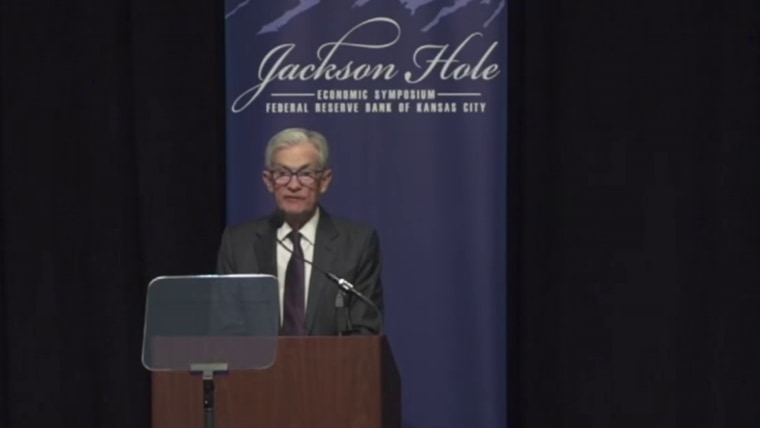Buyers? Really?
Listings? Haven’t heard of them.
Construction? C’mon.
The U.S. housing market has been stuck in a state of suspended animation this summer, and the latest NBC News Home Buyer Index offers new clues on how deep the doldrums are.
The Home Buyer Index is a scale from zero to 100 that measures the difficulty a buyer encounters when trying to purchase a single-family home in a given month. For July, the index came in at 81.1, a number that represents extreme difficulty.
The Home Buyer Index has been stuck between the high 70s and mid 80s since July 2024, but it’s the index’s sub-components that tell the story of this summer’s inactivity. The Home Buyer Competition Index, which measures how wide and how aggressive demand for homes is, has fallen since February to levels last seen in early 2020, a sign that the pool of potential homebuyers has shrunk.
At the same time, the Home Buyer Scarcity Index, which measures how crunched an area is for purchasable homes, has spiked.
So, the housing market faces a chicken-and-egg situation: There’s less supply of homes for purchase and there’s less demand for those homes.
Which problem came first? Demand, according to experts. Robert Dietz, the chief economist at the National Association of Home Builders, said 30-year mortgage rates have been above 6% since late 2022 and, after the pandemic-era buying bump, there are simply fewer people who can afford to buy right now.
“The buyer pool that was in place has been partially exhausted,” he told NBC News.
That weak demand has actually resulted in slight price decreases: Redfin reported that prices fell in 39 of the top 50 housing markets in July.
Chen Zhao, the head of economics research at Redfin, said that sellers have responded to the weak demand by pulling listings.
“When prices weaken, sellers pull back,” Zhao said.
New home construction has slowed as well, as Census Bureau data shows new home completions in July were down 6% from one year ago. Dietz said builders face a number of challenges, from weak buyer demand to high import prices due to President Donald Trump’s tariffs.
The president’s immigration crackdown is also having an effect. As many as 30% of workers in the home construction industry are foreign-born, and Dietz said that he’s heard more and more stories from builders of crews having run-ins with immigration officers or simply failing to show up to a job out of fear.
“The anecdotes I hear are happening with triple the frequency I heard back in March and April,” Deitz said.
The housing industry will be looking to the Federal Reserve’s Sept. 17 meeting. Fed Chair Jerome Powell signaled last week that the central bank is likely to cut its benchmark rate following July’s unexpectedly weak jobs report and concerns of a softening economy. However, he did not specify when a rate cut may happen.
While the Fed cutting its key interest rate isn’t a cure-all, Zhao said that it could provide pressure to mortgage lenders to lower their rates, which could lure potential buyers back into the market.
“Based on what our agents are telling us, a lot of people are waiting for these rate cuts,” Zhao said.

